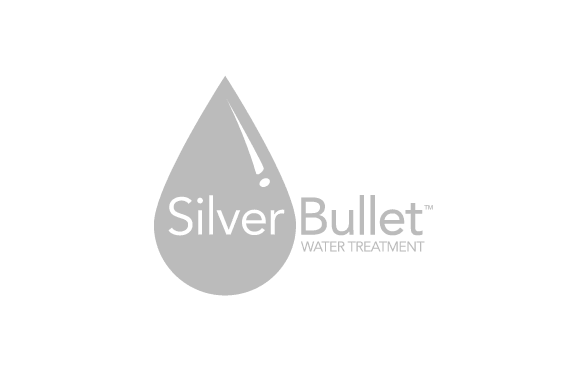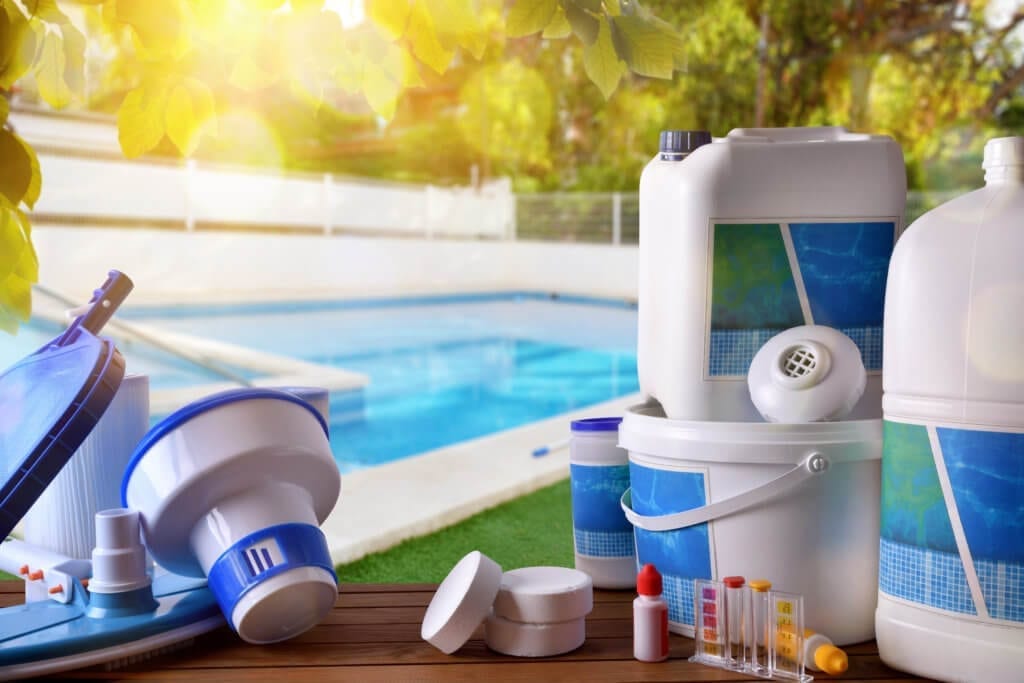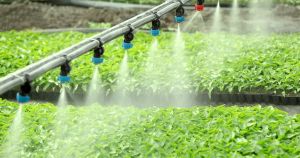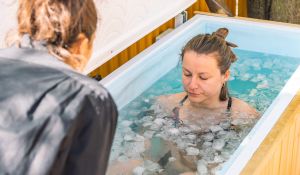Most pool owners know that their water should be clean and clear, but the importance of balancing pool water chemistry is often overlooked by homeowners.
Balancing your pool water is essential to successfully take care of your pool vessel, protecting your pool equipment and maintaining healthy pool water. Balanced water will protect your pool from damage to the plaster, vinyl liners, heat exchangers, lights, ladders, etc. as well as your pool pump, seals and cones. It will also keep your pool safe and healthy for your family to swim in.
By consistently measuring your pool water chemistry and taking a proactive approach to managing your pool water, you can avoid costly repairs and add years to the life of your equipment.
Maintaining the Right Water Chemistry Balance for Your Pool
To keep your pool water properly balanced, measure and balance your water several times per week and don’t go more than seven days without testing it. Poor water quality often comes from unbalanced pH, alkalinity and calcium hardness. A pool is considered balanced when the levels are as follows:
- pH: 7.2 to 7.4
- Total alkalinity: 60 to 120 ppm
- Calcium hardness: 200 to 400 ppm
pH Balance
pH measures the acidity in your pool’s water. The pH scale ranges from 0 to 14, with 7 being neutral. When balancing your pool’s pH, it’s important to avoid pH that is too high or too low, as both can pose problems. High pH can cause cloudy water and create scale –a crystalline buildup of inorganic materials, such as calcium, that appears as a white film around the water lines of your pool. When high pH levels are above 7.8, the water is basic and sanitizers are considered ineffective. On the other hand, low pH levels below 7 are acidic and can cause surfaces to etch or corrode, which can hurt the value of your pool.
The optimum pH level for pool water is 7.4, the same as the measurement found in the human eye. You can lower high pH by using muriatic acid or sodium bisulfate. Raise low pH by using soda ash, but before doing so, check your pool’s alkalinity. If alkalinity is low, applying sodium bicarbonate (baking soda) will also raise the pH while also raising total alkalinity.
Total Alkalinity
Total alkalinity measures all carbonates, hydroxides and alkaline substances in the water. Alkalinity is considered to be the anchor that buffers pH from erratic swings in test readings. High alkalinity will cause the water to be cloudy. When total alkalinity is too low, these erratic swings will occur. Total alkalinity levels should be at 60 to 120 ppm. Apply muriatic acid to lower total alkalinity and use sodium bicarbonate to raise it.
Calcium Hardness
Calcium hardness is a measurement of how soft or how hard the water is. Calcium hardness levels should be between 200 to 400 ppm. If calcium hardness levels are too low the water it is undersaturated, causing the water to be aggressive as it attempts to pull out the calcium it needs. This type of water will start to corrode surfaces inside the pool, such as the plaster or other minerals, to maintain its hardness demand. If your calcium hardness levels are too high the higher calcium and magnesium content will start to deposit themselves on pool surfaces. In addition, high calcium hardness can cause cloudy water, scaling and staining.
To raise calcium hardness levels apply calcium chloride. To lower calcium hardness levels you can add flocculants to coagulate the calcium and cause it to fall to the floor and vacuum it out. You can also partially drain and refill the water.
Water Temperature
Water temperature also plays a role in balancing your water. High water temperatures create water balance requirements of lower levels of pH, total alkalinity and calcium hardness. Cooler water temperatures are just the opposite requiring higher levels of pH, total alkalinity and calcium hardness.
The Langular Saturation Index, or LSI, includes the water temperature factor to indicate if the water is balanced. It is calculated by testing the water for pH, total alkalinity, calcium hardness, cyanuric acid and the water temperature. When the water temperatures warm to the high 80s it greatly changes the way water balance components interact with each other. The LSI chart can be a bit complicated, has charts and requires some math. The formulas result of between -0.3 to + 0.3 is considered balanced water. Please note: Pentair has an online Saturation Index Calculator that is much easier and user-friendly.
Cyanuric Acid
Cyanuric acid, or CYA, also plays a role in water balancing. It is also referred to or known as a stabilizer or conditioner. Industry standards for outdoor residential pools are 20 to 40 ppm, but research suggests that it’s much more effective at or below 30. The efficacy of chlorine is significantly increased at lower levels. High levels of CYA will cause the chlorine and other sanitizers to be less effective including what is referred to as “chlorine lock.” Mismanagement of the 3-inch chlorinated tabs containing trichlor are often the cause of high CYA levels.
With Clear Comfort’s Advanced Oxidation Process, or AOP, the recommended CYA levels are between 15 to 25 ppm – as the hydroxyl radicals are doing the majority of the oxidation and sanitation work. This means less chlorine is required to do any remaining oxidation and sanitation if needed, and the chlorine is much more effective at this lower level of CYA.
Total Dissolved Solids
Total dissolved solids, or TDS, is another important factor in balancing pool water. TDS is often sometimes often overlooked until your water becomes unmanageable. When water evaporates minerals are left behind. Over time as the evaporation continues the water becomes more saturated with these minerals and causes the balancing chemicals to be less effective. The only way to lower TDS is to partially drain and refill the pool. Recommended levels for TDS are 1500 ppm for traditional pools and 4500 ppm for salt pools.







